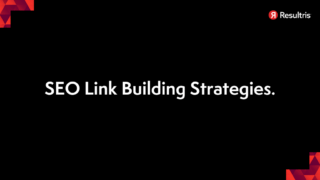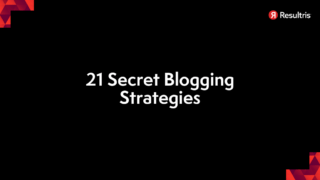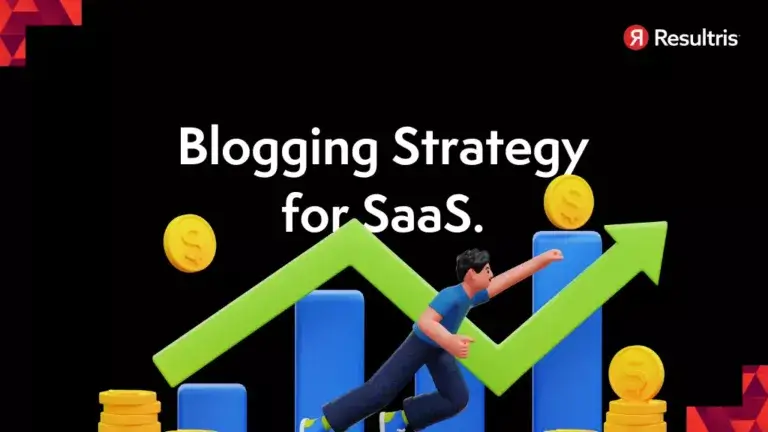
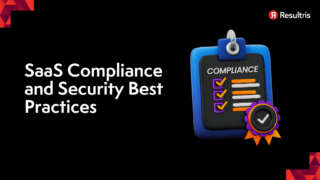
SaaS blogging is an excellent method to drive traffic to your website, generate leads, and convert prospects for your SaaS software business.
But to fully leverage this, you need to understand the ins and outs of an effective SaaS blogging strategy for your startup SaaS company.
While SaaS blogging is crucial, it isn’t just about driving traffic. The true power lies in nurturing this traffic down your marketing funnel.
It involves strategically answering your audience’s questions, demonstrating value, and establishing yourself as an authority in your field.
It’s about seamlessly introducing your products, providing even more value, and guiding them toward initiating the sales process, be it signing up for your SaaS software or requesting a demo.
Before you even start SaaS blogging, ensure you have a website page that succinctly communicates your product’s benefits, the target audience, and why they should choose you. Optimizing this page for relevant keyword phrases helps improve visibility on search engines. You need this because we will be using your blog posts to drive traffic here.
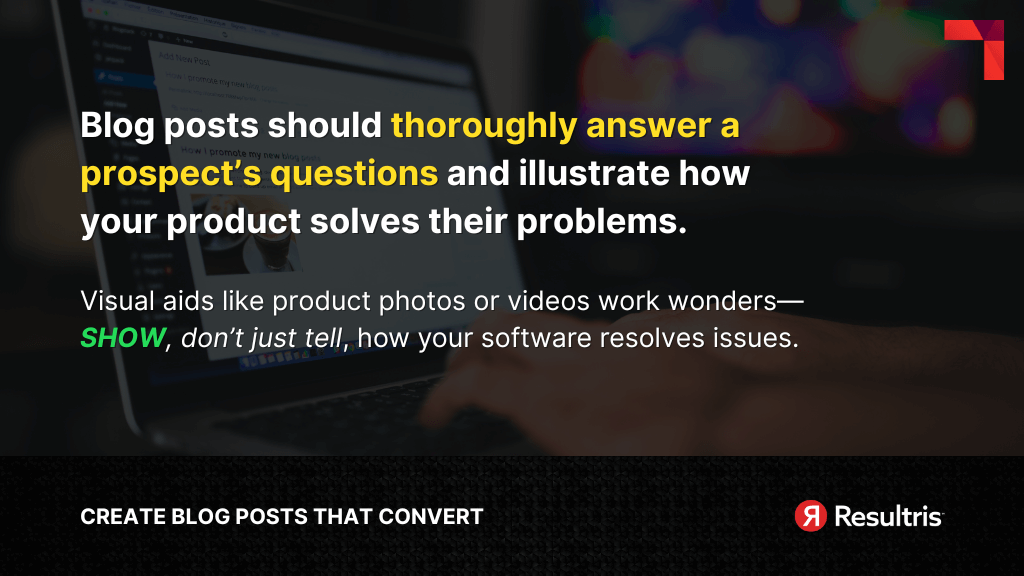
With a robust product page in place, it’s time to create blog posts that amplify it. Take it from us—when we first ventured into SaaS blogging, we focused on addressing the questions our prospects and customers asked.
Why? Answering these questions increases the likelihood of prospects signing up and using your product. These problem-solving saas blog strategy posts become evergreen content, relevant throughout your marketing and sales cycle, driving leads for years to come.
Each blog post should thoroughly answer a prospect’s questions and illustrate how your product solves their problems. Visual aids like product photos or videos work wonders here—show, don’t just tell, how your software resolves issues.
The best resource for these questions? Your customers. If you don’t have customers yet, cold-call people within your target SaaS buyer personas.
Once you’ve compiled a list, group related questions that can be answered within a single, theme-based post. Some questions, though, may require individual blog posts.
The blog post title should generally be the question you’re addressing. Naturally, many of these questions will involve your product category or software type, incorporating critical keywords.
Given the saturation and competition on the internet today, it’s crucial that your blog post begins answering their question immediately. Avoid fluff—directly address the searcher’s intent. Then, delve deeper into the topic, expanding on the answer throughout the post.
Toward the end of the blog post, consider if there are related questions the reader might want to explore next. Include a brief FAQ section to address these queries, linking to other blog posts for detailed answers.
Crucially, each blog post should link to your main product page. Once you’ve satisfied the searcher’s intent, it’s an ideal opportunity to direct them toward your product.
Overwhelmed with the task of crafting compelling blog posts and executing an effective content marketing strategy? Don’t worry, you’re not alone—and you don’t have to do it alone. With Resultris content marketing subscriptions, we’re here to support you. We offer affordable pricing, swift delivery, and high-quality content to drive your business growth. Click here to make your content marketing effortless. Say yes to tailored, results-oriented content. Your success is our mission!
After creating a series of blogs—let’s say 10 posts answering 10 different questions—it’s time for a pillar page. This page serves as an overview or entry point to all these questions. The title should include a variation of your main keyword phrase for your product page. Something like “The Comprehensive Guide to (Your Product’s Key Feature)”. If someone is actively looking to find answers surrounding your product type, this is valuable to them.
Your pillar page should link directly to all your SaaS blogs and also to your product page. Including brief descriptions of all blog posts, an overview of your product, services, and any customer testimonials can make your pillar page more effective.
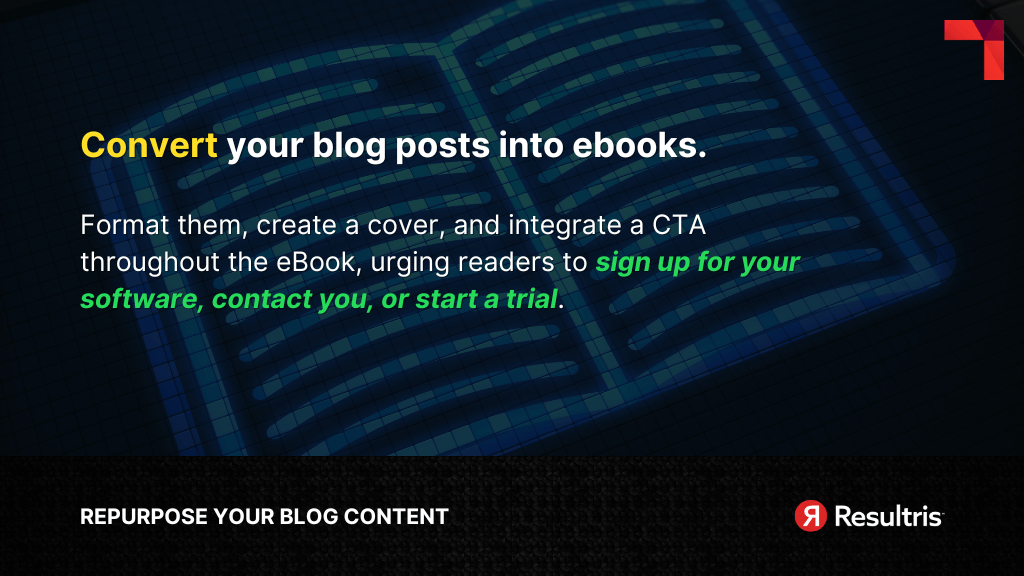
Next, convert your blog posts into an eBook. Title it something like: “Mastering [Your Product Category]: Answering Your Burning Questions”. Simply format them, create a cover, a table of contents, an introduction, and a conclusion. Integrate a call-to-action (CTA) throughout the eBook, urging readers to sign up for your software, contact you, or start a trial.
Design your eBook to match your brand aesthetic. Once done, you’ll need to create a compelling lead magnet or CTA.
On your website, create a page that includes an image of the eBook cover, a headline, a short paragraph about what readers will learn, and a form to capture name and email address for the download. When a user submits this form, their information goes into your CRM or email marketing software, and they receive an email with a download link.
Ensure that each of your SaaS blog posts strategically includes the eBook download CTA, preferably after answering the reader’s immediate question and providing some deep insight. You want to drive traffic to your free download to start collecting names and emails you can continue to nurture through your marketing funnel.
Lastly, create an email drip campaign or autoresponder series for those who download your eBook. Initially, you might manually send follow-up emails. As downloads increase, automate this process to scale your content marketing strategy efficiently.
An essential element to convert your readers into customers is a carefully designed drip campaign. These are a series of automated emails that deliver consistent value to your potential customers, allowing you to stay top-of-mind and foster a relationship with them over time.
The first email can serve as a welcome message and introduction to your brand, with a personalized thank you note for downloading your eBook. A week later, send the second email highlighting key takeaways from the eBook, focusing on one specific topic that reinforces the value of your product.
The third email could delve into a success story, providing a case study of how your product has helped a customer. Later, you might send a product demo video or an exclusive invitation for a webinar. The idea is to provide ongoing value while gently guiding the recipient towards becoming a customer.

In addition to SaaS blogging, pillar pages, and eBooks, social media platforms can serve as powerful tools in your overall SaaS marketing strategy. Each platform offers unique ways to repurpose and share your content, broadening its reach and fostering engagement with your audience.
Twitter, with its bite-sized updates, is an excellent platform to summarize and share your blog post. You can create a tweet thread where each tweet delves into a key point from your blog. Start with an enticing hook, then continue with succinct summaries, and end with a call to action directing followers to read the full blog post.
Remember, the goal is not to simply copy-paste content from your blog but to add fresh context or a new angle that would resonate with your Twitter followers.
Facebook offers a great platform to foster community engagement. You can share a brief summary of your blog post along with a compelling image or video snippet to attract attention. Also, consider asking a thought-provoking question related to your post to stimulate conversation and comments.
Another approach is to share customer testimonials or case studies mentioned in SaaS blogging to highlight the value of your product, fostering trust among your Facebook community.
Instagram is a visually-focused platform. Use it to share infographics, eye-catching images, or video clips from your blog post. You can even create a carousel post to summarize the main points from your blog.
Instagram stories are another effective tool. Use them to share key insights, behind-the-scenes glimpses of your process, or customer testimonials. Make sure to include a ‘Swipe Up’ link to your blog post if you have access to this feature, or guide your audience to the link in your bio.
On LinkedIn, you can share your blog post with a professional audience interested in industry insights. A summary that includes key findings or data from your post can be highly engaging. Encourage readers to share their thoughts or experiences, fostering a dialogue around your content.
Also, consider publishing articles directly on LinkedIn. These could be shortened versions of your blog posts or a series of posts elaborating on the main points of your original blog.
Remember, social media is not just about broadcasting your content; it’s about engaging with your audience. Be sure to respond to comments, ask for feedback, and build relationships. This way, you’re not only sharing your content but also demonstrating your commitment to your community.
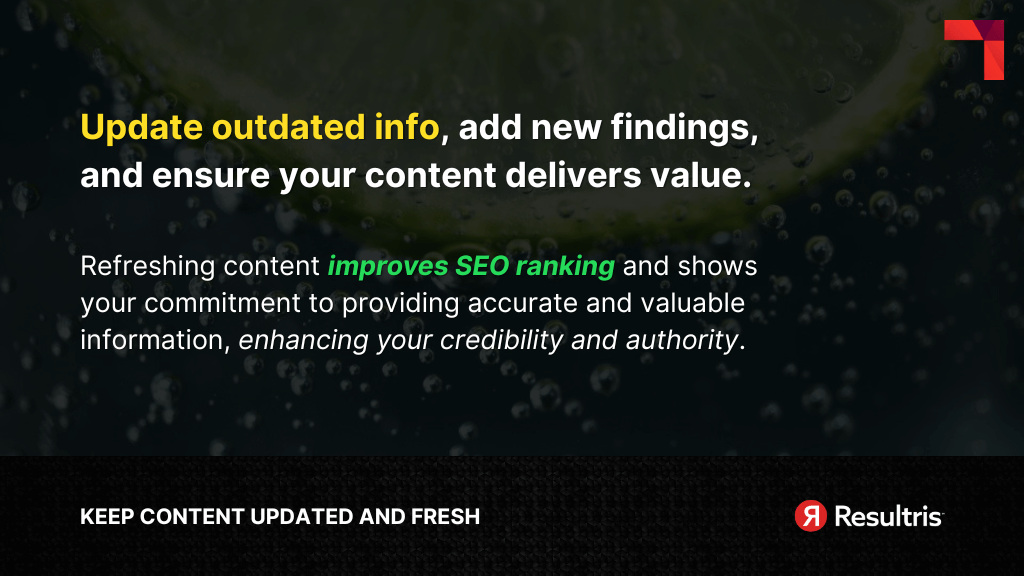
The digital world is in a state of constant flux, and what’s relevant today may not be tomorrow. So, remember to revisit your blog posts, eBook, and pillar page regularly.
Update any outdated information, add new findings or data, and ensure your content continues to deliver value to your audience.
This practice of refreshing content not only improves your SEO ranking but also shows your commitment to providing accurate and valuable information, thus enhancing your credibility and authority.
Finally, use analytics tools to monitor the performance of your blog posts, eBook downloads, email campaigns, and social media engagement. Analyzing this data helps you understand what’s working and what’s not, giving you insights into your audience’s preferences and behaviors.
Based on these insights, continuously optimize your content and marketing strategies. This might mean tweaking your blog post titles, changing the frequency of your email campaigns, or adjusting the way you promote your content on social media.
Implementing blogging in your SaaS marketing strategy isn’t just about attracting traffic—it’s about engaging prospects, providing valuable content, and converting them into customers. This roadmap should set you well on your way to SaaS blogging success.
By now, you’ve seen the multitude of steps and strategies involved in implementing effective SaaS blogging in your SaaS content marketing strategy. You might be feeling overwhelmed, wondering how to tackle all these tasks while still managing your core business operations.
That’s where we come in. At Reultris, we’re here to streamline your content marketing, transforming it into a growth engine for your business.
We provide strategic, high-quality content solutions tailored to your needs, minus the usual agency headaches. We’ve mastered the art of turning content marketing from a strenuous task into an effortless, rewarding process.
Say goodbye to outdated marketing methods and hello to a tailored, results-oriented content strategy with Resultris. Subscribe to a plan, request as many projects as you need, and leave the rest to us. We’ll produce, deliver, and fine-tune your content, aligning it with your business goals and brand identity.
In short, we can implement everything we’ve covered in this blog post for you. It’s time to take your SaaS company to the next level with our expert content marketing solutions.
Are you ready to revolutionize your content marketing? Start with Resultris today!


